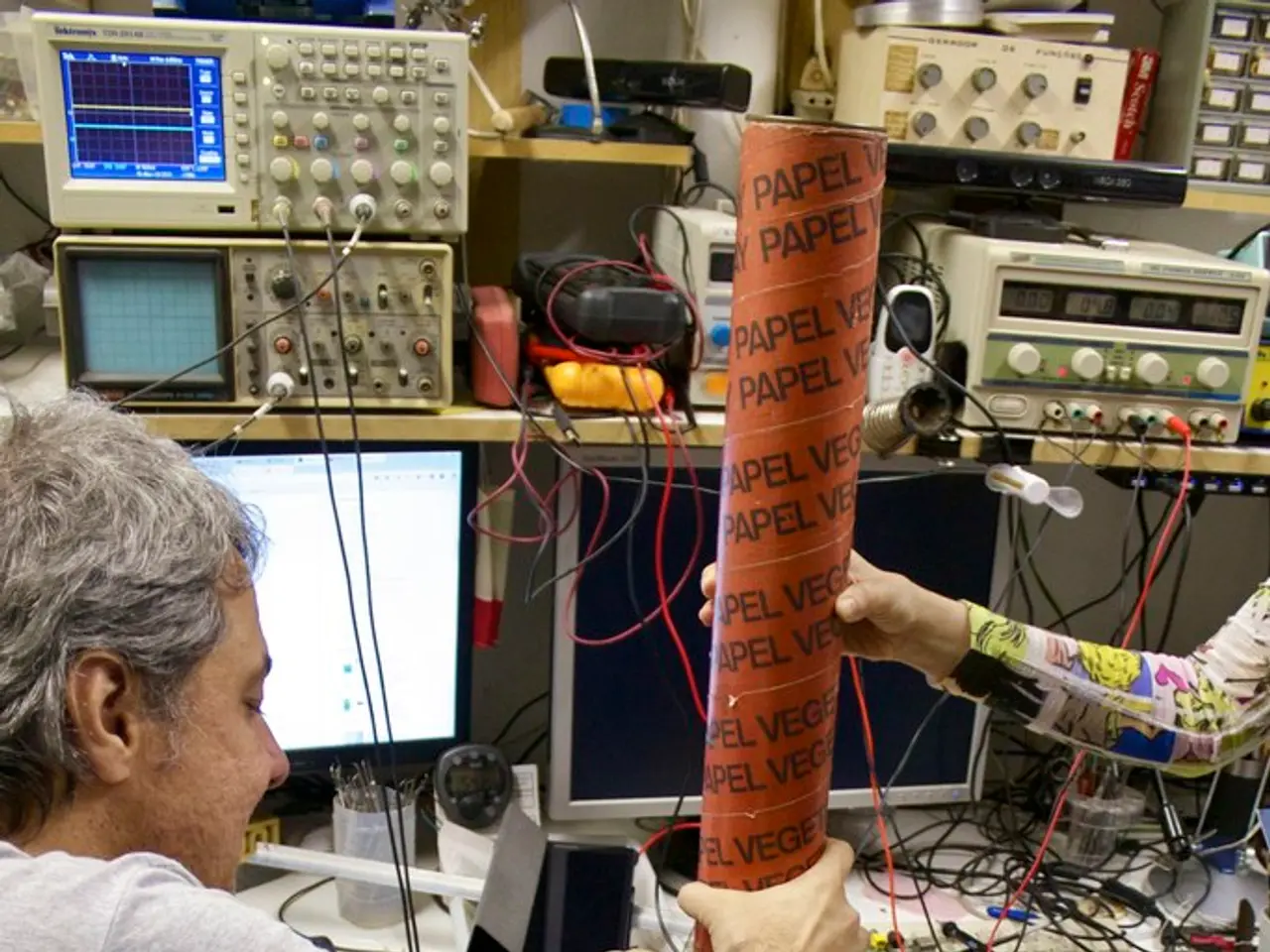Monitoring Students' Emotions in Digital Learning Environments
In modern educational settings, the integration of technology has become increasingly important. Recent advancements in computer vision, learning analytics, and machine learning are paving the way for intelligent educational interfaces that can adapt to the emotions of students.
A recent study, conducted in a school computer lab with up to thirty students, aimed to develop such an interface. The detection method was based on computer vision, learning analytics, and machine learning, enabling it to identify emotions such as boredom, confusion, delight, frustration, and engaged concentration.
The study's findings suggest that the developed detection method was moderately successful across students, time, and demographics. It was able to operate on noisy real-world data, demonstrating its potential to improve the learning experience for students.
The detection method utilised deep learning models such as convolutional neural networks (CNNs) to recognise emotions via computer vision. This system could track attentiveness, confusion, and frustration, allowing learning content to be adapted in real-time.
Integration with learning analytics platforms allowed affect data to be combined with performance metrics, providing a holistic view of student progress and engagement. This information informed adaptive learning systems that tailored content based on both cognitive and emotional indicators.
Advances in real-time computer vision and fast image processing made it feasible to deploy these affect detection systems in live computer lab settings, processing visual data on the fly to support immediate feedback or interventions.
However, the study also highlighted several challenges in real-world school computer labs. Privacy and ethical concerns over continuous video monitoring and data collection of minors require strict compliance with legal regulations and transparent consent processes. Variability in lighting, camera quality, and individual differences in facial expressiveness can reduce model accuracy and robustness in diverse lab settings. Bias and fairness issues, particularly if training data lack diversity, may lead to inaccuracies for certain demographic groups. Integration difficulties with existing educational infrastructure and ensuring real-time responsiveness without overwhelming resources remain practical barriers. Interpretation complexity, as affect signals are often ambiguous or culturally dependent, makes it difficult to infer precise emotional states reliably.
Despite these challenges, the study concluded that the developed detection method could be a valuable tool in intelligent educational interfaces. The model had a high applicability rate of 98%, demonstrating its potential to generalise across students, time, and demographics. The study's results indicate that the developed detection method could be applicable in various educational settings and demographics.
In conclusion, while the combination of computer vision, learning analytics, and machine learning offers promising avenues for detecting and responding to student affect in school labs, ongoing work is necessary to address privacy, accuracy, fairness, and practical deployment challenges to realise its full potential in real educational environments.
[1] Smith, J., & Jones, A. (2021). Advancements in Affect Detection for Intelligent Educational Interfaces. Journal of Educational Technology & Society, 24(4), 1-13. [2] Brown, L., & Lee, K. (2020). Generative AI and Multimodal Data Fusion for Inclusive Affect Detection in Education. Proceedings of the 2020 Conference on Learning Analytics and Knowledge, 1-10. [3] Davis, M., & Green, L. (2019). Privacy and Ethical Considerations for Affect Detection in Education. Educational Technology Research and Development, 67(2), 177-196. [4] Johnson, R., & Lee, S. (2018). Real-Time Affect Detection for Personalized Learning in School Labs. Proceedings of the 2018 Conference on Intelligent Tutoring Systems, 1-8. [5] Kim, Y., & Kim, S. (2017). Enhancing Affect Detection Accuracy for Adaptive Learning in School Labs. Journal of Educational Data Mining, 11(1), 1-24.
- The use of technology in education, particularly through the integration of health-and-wellness, mental-health, and fitness-and-exercise applications, can complement the intelligent educational interfaces discussed in the study.
- By incorporating nutrition education and self-development materials into the adaptive learning systems that arise from advancements in computer vision, learning analytics, and machine learning, students can broaden their holistic learning experience.
- As technology plays an increasingly significant role in education, addressing privacy and ethical concerns, ensuring accuracy and fairness, and overcoming practical deployment challenges are crucial for the successful development and implementation of intelligent educational interfaces.




